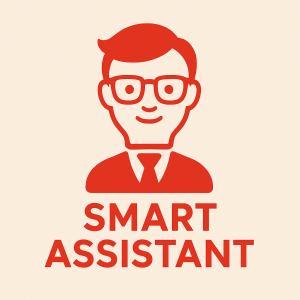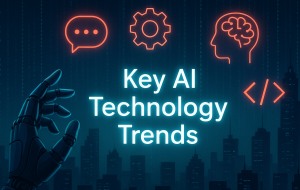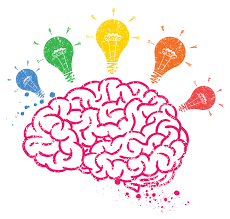The Rise of Everyday AI: How Intelligent Tools Are Reshaping the Way We Live and Work
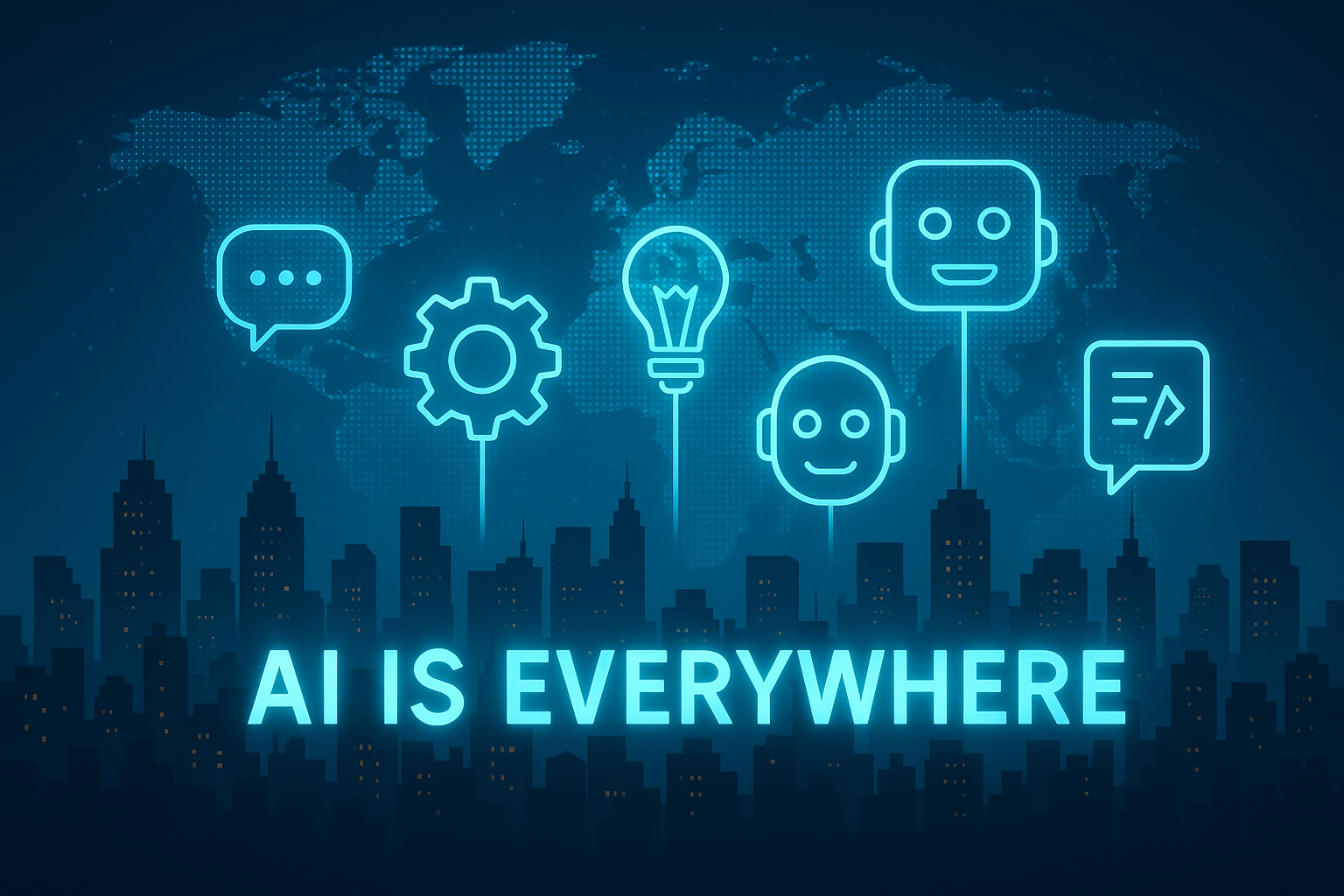
The Rise of Everyday AI: How Intelligent Tools Are Reshaping the Way We Live and Work
In 2025, artificial intelligence is no longer a complex term reserved for researchers, developers, or Silicon Valley tech giants. It’s now a daily companion—discreet, intelligent, and deeply embedded in our personal and professional lives. From smart assistants to advanced prompt builders, AI is enhancing the way we create, communicate, and connect.
- The Rise of Everyday AI: How Intelligent Tools Are Reshaping the Way We Live and Work
- AI Tools: The New Digital Toolkit
- Prompt Builder: The Engine Behind Creativity
- Smart Assistants: From Voice Helpers to Intelligent Partners
- Generate: From Thought to Creation in Seconds
- AI Chat: Conversations with Intelligence
- Use Cases: Where AI Is Making a Difference
- Why It Matters Now More Than Ever
- Challenges and Future Outlook
- Conclusion
This article explores the key components of modern AI systems, highlighting how tools like AI Tools, Prompt Builder, Smart Assistant, AI Chat, Generate, and their wide Use Cases are transforming the world—one algorithm at a time.
AI Tools: The New Digital Toolkit
Just as smartphones replaced landlines, AI tools are replacing traditional software across many industries. From content creation platforms that generate articles in seconds to AI design software that crafts logos and websites automatically, these tools are becoming the backbone of digital productivity.
Businesses are leveraging AI tools to analyze data, automate workflows, and predict market trends. Creators use them to generate art, music, and even full-length scripts. These tools aren’t just supporting human work—they’re amplifying it.
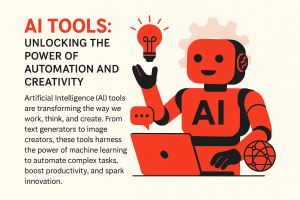
Prompt Builder: The Engine Behind Creativity
One of the most fascinating developments in AI is the Prompt Builder—a feature that allows users to guide AI outputs with tailored, strategic prompts. Think of it as the AI’s steering wheel. Instead of relying on preset actions, users now have the power to instruct AI in human language, crafting unique outputs for text, code, imagery, and even audio.
Prompt builders are revolutionizing how we think about creativity. Writers, designers, educators, and developers use them to accelerate brainstorming, draft outlines, build prototypes, and even simulate dialogue scenarios. In short, a good prompt can mean the difference between generic output and a masterpiece.
Smart Assistants: From Voice Helpers to Intelligent Partners
We used to consider smart assistants as simple voice-controlled tools—set a timer, play a song, answer a basic question. But today’s AI-powered assistants have matured into intelligent digital partners.
In 2025, smart assistants integrate with calendars, emails, home systems, and workspaces. They summarize meetings, prioritize your to-do list, analyze your routines, and even make health or productivity recommendations based on past behavior. Through natural language processing and real-time learning, they become more accurate and personal with each interaction.
They don’t just assist—they understand.
Generate: From Thought to Creation in Seconds
The “Generate” function in modern AI platforms has become a creative superpower. Whether it’s text, image, video, or code, the ability to instantly generate content from a simple prompt has changed how we approach production.
Writers use AI to generate article drafts, blog posts, or ad copy. Designers generate mood boards or color palettes. Developers generate snippets of functional code. Even marketers generate campaign plans and audience segments.
It’s fast, it’s scalable, and with the right input, it’s shockingly accurate.
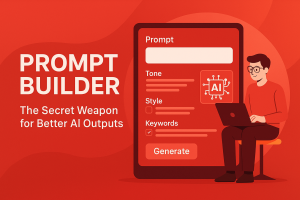
AI Chat: Conversations with Intelligence
One of the most impactful use cases of AI today is AI Chat. These conversational models can simulate human-like dialogue, answer complex questions, provide emotional support, and even tutor students.
AI chatbots are now part of customer support, e-learning, mental health apps, and workplace communication tools. With context retention and emotional tone analysis, they don’t just reply—they engage.
Many businesses embed AI Chat into their websites to provide 24/7 support, while individuals use chat tools for writing, research, or even daily planning. AI is no longer silent code—it speaks, and it listens.
Use Cases: Where AI Is Making a Difference
AI is not just a tool—it’s a transformer across industries. Let’s take a look at some key use cases:
-
Healthcare: AI helps in diagnosing diseases, predicting health risks, and managing patient data efficiently. Smart wearables powered by AI now alert users of heart irregularities in real-time.
-
Education: Adaptive learning platforms personalize content based on each student’s progress. AI tutors provide instant explanations and feedback.
-
E-commerce: AI-driven recommendation engines increase sales by showing users the products they’re most likely to buy. AI also assists in inventory and supply chain management.
-
Finance: Fraud detection, robo-advisors, and AI-powered financial forecasting are now common tools in banks and fintech companies.
-
Marketing: AI automates everything from audience analysis to A/B testing. Content creation, targeting, and campaign adjustments can all be handled by AI.
The list is ever-growing, with AI touching everything from agriculture and energy to entertainment and social platforms.
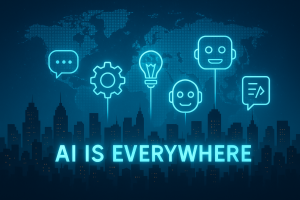
Why It Matters Now More Than Ever
What sets this moment in AI apart from earlier tech waves is its accessibility. You don’t need to be a coder or data scientist to use AI. Thanks to intuitive AI Tools, prompt interfaces, and conversational assistants, anyone with internet access can benefit.
Small businesses can compete with large enterprises. Individuals can amplify their creativity. And global communication barriers can be reduced with real-time language AI.
It’s not just about artificial intelligence anymore—it’s about augmented human potential.
Challenges and Future Outlook
Despite the benefits, AI raises critical questions: How do we ensure ethical use? How do we prevent misuse of generated content? And how do we balance automation with human creativity?
Regulation, transparency, and user education will be key. As AI continues to evolve, we must evolve with it—not just as users, but as responsible digital citizens.
Conclusion
Artificial intelligence in 2025 is fast, accessible, and incredibly powerful. From smart assistants in our homes to AI-generated artwork on our screens, it’s clear that this isn’t just a passing trend—it’s a fundamental shift in how we live and create.
By understanding tools like Prompt Builder, embracing platforms that help us generate ideas, and integrating AI Chat into our workflows, we’re entering a world where collaboration between human and machine is the norm, not the exception.
The future isn’t artificial—it’s intelligently human.

